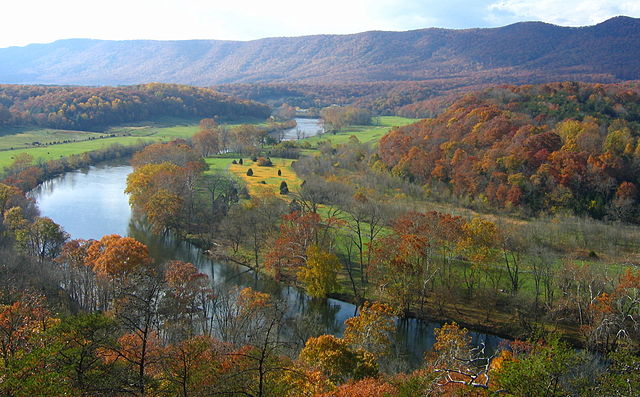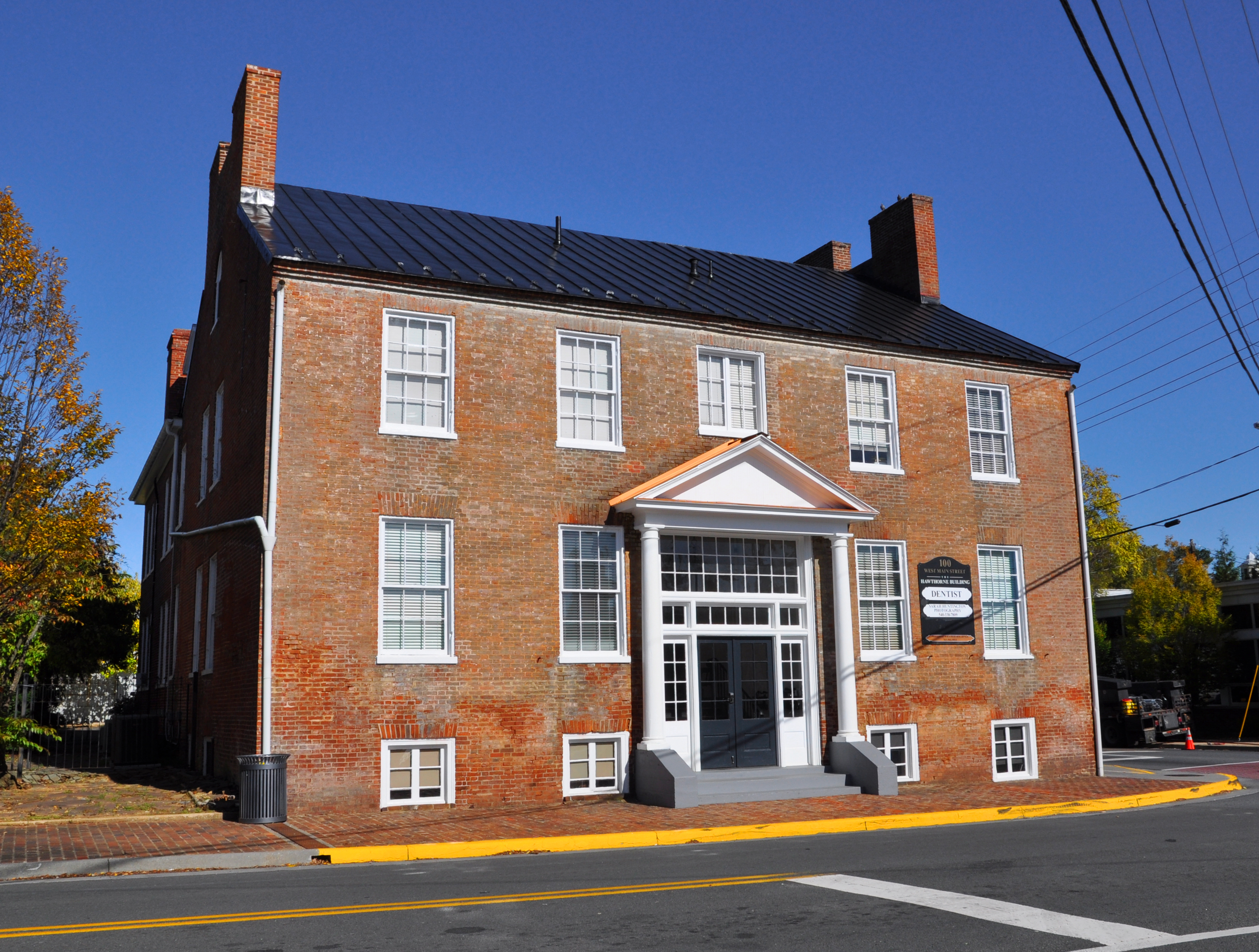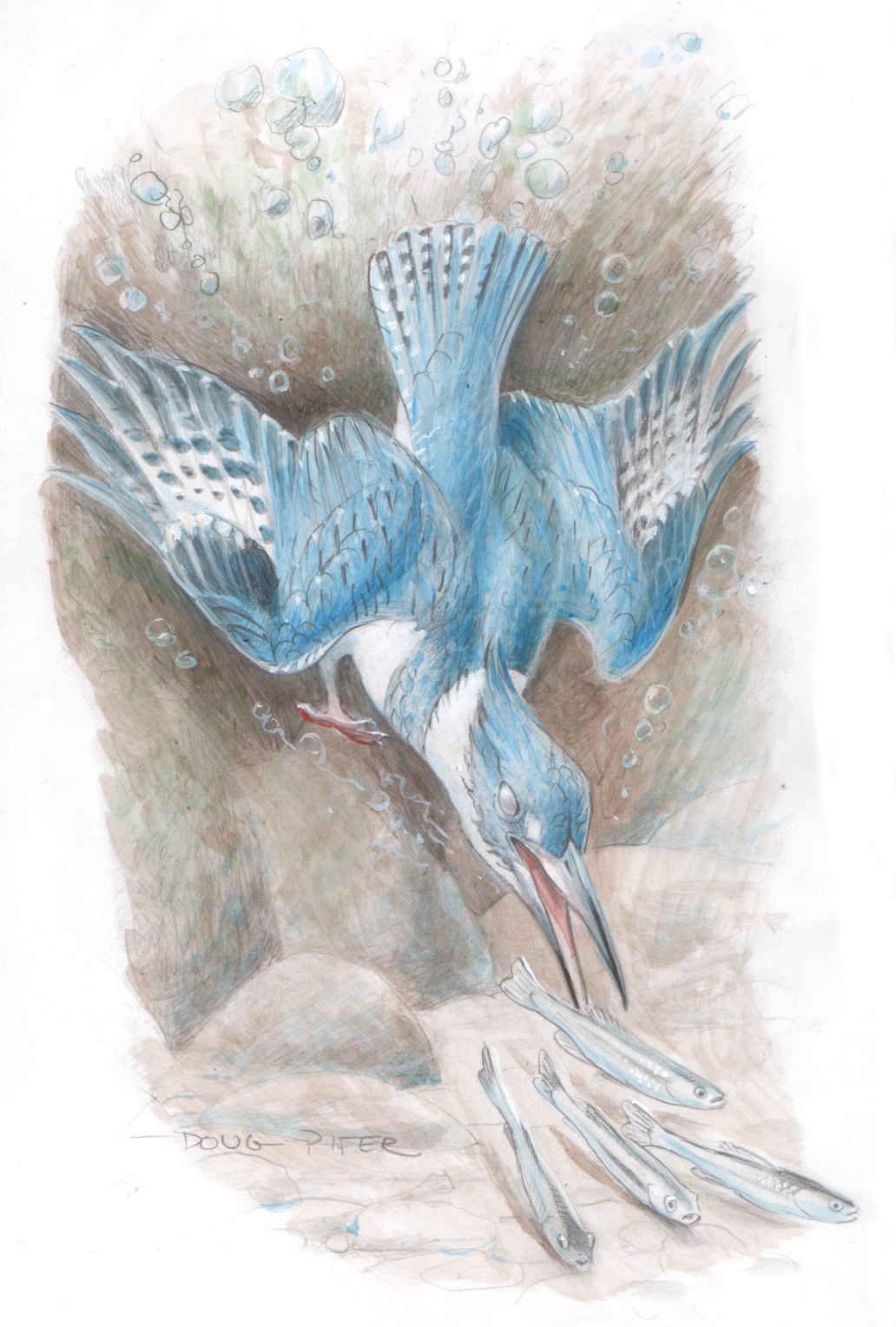Picture a woman sitting on the exam table getting a check-up and the doctor says, “Big breaths,” as he listens to her chest. And she says “they used to be.” We make fun of that type of misinterpretation every day and we can laugh at it, but for many people, living with a loss of hearing has far-
reaching implications.
Statistics show nearly 48 million people in our county experience age-related hearing losses, including seniors between the ages of 70-79, yet only one in seven uses a hearing aid, mostly due to the high cost. Medicare and most private insurance plans do not cover hearing aids, and the out of pocket costs run anywhere from $900-$3,500 or more per ear, not including the batteries and other supplies. Being unable to fully engage in life because of a hearing loss can negatively impact a senior’s health when it’s left untreated.
If you, or someone you know has a hearing loss, here are some of the symptoms and their associated consequences that you should be aware of;
Anger, stress and loss of alertness that affect your daily activities. These may progress into more serious outcomes such as physical safety in completing daily activities.
Withdrawing from conversations or discussions. This may create a feeling of isolation by not admitting you can’t hear or fear of appearing weak or helpless, you just stop socializing with others.
Depression or being sad and lonely. It can creep up on you from being isolated, and may result in not only lack of socialization, but other personal risks like unhealthy eating and unintentional weight loss, sedentary days with no exercise that can create weakness and eventually loss
of independence.
Signs of dementia. Even with moderate hearing loss, research shows the cognitive loss triples the risk, and a severe hearing loss increases dementia risk by five times. Muscles atrophy when you don’t use them-so does your brain when you have hearing loss.
Falls. When you have a hearing loss, you miss the signals that your ears usually pick up that help with balance.
So here is the good news: A bi-partisan bill was passed in August 2017 called the Over-the-Counter Hearing Aid Act as part of the Food and Drug Administration Reauthorization Act of 2017. Sponsored by Massachusetts Senator Democrat Elizabeth Warren with the help of Republican Iowa Senator Chuck Grassley, this bill creates a new class of hearing aids that you can purchase over the counter without a doctor’s appointment. The cost will
approximately be a tenth of the cost of traditional hearing aids. The Senate voted 94-1 to pass it, and the president signed it into law. This bi-partisan support will have a life changing effect for millions of Americans. For those with mild to moderate hearing impairment, this legislation will ensure that these hearing aids meet the same high standardsas all FDA-regulated medical devises.
Make a commitment this season to get yourself and your senior loved ones engaged in the holiday conversations around the table this year. Reconnecting your loved one to the world around them is a gift and it will greatly improve your senior’s quality of life. Bypass the old excuses for not wearing one, and let them know that technology has made great strides for hearing aids making them more user-friendly
and wearable.
Where to start when purchasing or helping your senior purchase a hearing aid:
Visit an audiologist. There may be a reason for the loss of hearing that a hearing aid
can’t fix.
Don’t buy a cheap, low-quality hearing aid. These just amplify all the sounds making hearing conversations more difficult.
Seek out options. If you can’t afford to buy a good hearing aid or need a referral, consult
these resources.
Lions Club. For information, call Sharon or Greg Hart at
540-955-6229. Each Lions Club is independently run, and they each have ongoing relationships with audiologists in the local areas where you live. The Lions Club has access to help make hearing aids available and help reduce costs. They provide a free service with The Sight and Hearing Mobile Screening Unit which is outfitted with two vision screening stations, two hearing booths with new state-of-the-art audiometers, and one station for
glaucoma screenings.
Starkey Hear Now. The program helps low-income clients with the purchase of a hearing device. Call 800-328-8602 or email hearnow@starkeyfoundation.org, or visit www.starkeyhearingfoundation.org/hear-now.
Audient. An alliance for accessible hearing care, Audient provides low-income hearing care through a network of providers – 866-956-5400 or go to www.audientalliance.org .
Social Services in Clarke County. Call the agency at
540-955-3700.
Shenandoah Area Agency on Aging. Call 540-635-7141 or visit www.shenandoahaaa.com.
Learn more at the Wellness Festival. On February 24, 2018, Valley Health and Shenandoah University sponsors The Lions at the Wellness Festival at Apple Blossom Mall from 10am. to 6pm. They will be doing free sight, hearing and glaucoma, and children’s vision screenings.
Encourage your senior to wear the hearing aid regularly so they can reap the rewards. Keep them clean and take good care of them. If possible, get insurance for them to cover misplacement or loss or forgetting to take off before getting in the shower (some are waterproof though). The technology has come a long way, and some of them can even be connected to smartphones, MP3 players, TVs etc., and can be recharged similar to recharging a smartphone, eliminating the need
for batteries.






